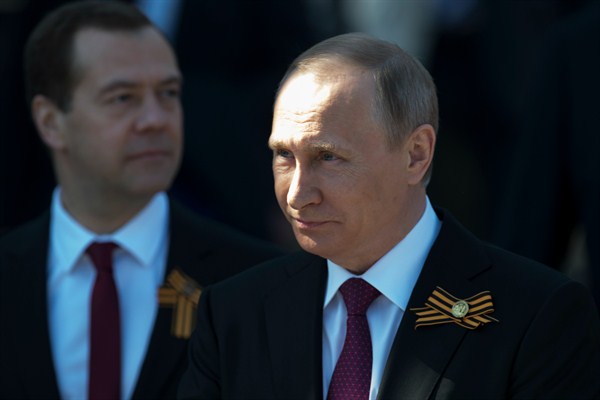When Russian President Vladimir Putin launched his campaign to prevent Ukraine from drawing closer to the European Union in 2014, his strategic objectives went beyond that Eastern European country’s borders. To be sure, Russia was concerned about Ukraine’s political and economic drift toward the West. But Moscow’s warnings to Kiev, which were followed by military action, were also meant as a signal to other countries that might have contemplated following in Ukraine’s steps.
The message was aimed at what used to be a clearly demarcated sphere of influence, serving as a threat to any country that was once part of the Soviet orbit, whether as a Soviet republic or as an Eastern European satellite.
Since it dared to defy Moscow, Kiev has lost a part of its territory, Crimea, which was invaded and then formally annexed by Russia. In addition, the eastern part of the country has endured a bloody military conflict with pro-Russian separatists, actively supported by Moscow, who are challenging Kiev’s rule.

